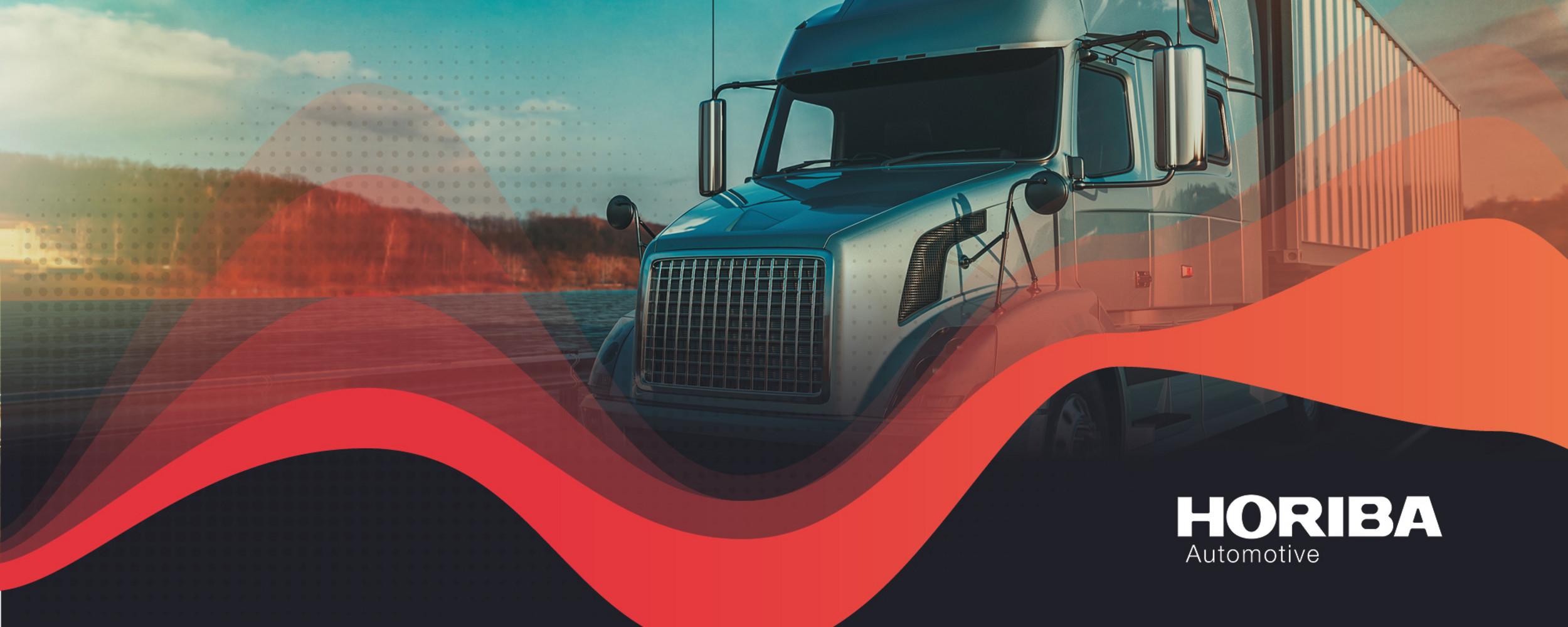
Trends toward increasing powertrain diversity and converging regulations for NOx, greenhouse gas (GHG), and on-board diagnostics (OBD) compliance are challenging heavy-duty engine and commercial-vehicle (CV) development and certification.
Regulations like California’s Advanced Clean Trucks rule, which calls for every new truck sold in the state to be zero-emission by 2045, is driving increased development and sales of battery-electric and hydrogen-fuel-cell CVs. Diesel engine and aftertreatment technology will continue to become cleaner – and more complex – to meet the call for lower emissions in the intervening years.
We recognize that the next decade will be one of unprecedented change. To help our customers adapt to evolving test requirements we have expanded our toolset, increased our service options, and improved flexibility in our software solutions. Our expertise is built on industry collaboration that began at the inception of heavy-duty regulations nearly 50 years ago. This deep knowledge and stellar reputation set us apart.
Click below for more information on:
We are heavily involved with ongoing research efforts and continue to help our customers future-proof their toolsets to create more capable engines, as well as testing and certification.
Engine technology changes also extend beyond aftertreatment. This is where regulatory challenges become more than the sum of their parts.
Manufacturers must meet both GHG and low NOx requirements—as well as new OBD regulation, which represents a significant cost to OEMs to prove their solution works in the field.
In-use regulations are also playing a large part. Both CARB (California Air Resources Board) and the EPA have proposed overhauls of in-use testing compliance tools to go along with low-NOx emissions.
Read Article: EPA selects Horiba systems for heavy-duty engine testing
Helping our customers improve test efficiency to meet upcoming regulation demands, like low NOx, is our main focus.
It is not just a matter of selling an off-the-shelf piece of hardware or software, but also the right set of in-use practices and correct test methods.
Heavy-duty chassis dynamometers, powertrain test systems, and in-use measurement approaches have become an important part of the development and regulatory picture.
Our solutions help users accelerate and optimize vehicle development.
Read Article: How to prepare for the development challenges driven by new and converging regulations in the heavy-duty, on-road segment
Our software tools help modernize lab automation, create synergy between labs, and ensure compliance with new and emerging regulations to help users successfully meet product development timelines.
The majority of CV testing is performed in an engine dynamometer cell. However, new regulations are driving an increase in utilization of powertrain test cells.
STARS Engine, our testing and automation platform for CV testing, incorporates all relevant industry regulations. The STARS Engine app, and its heavy-duty module, are designed to help heavy-duty engine developers streamline their testing to meet GHG regulations.
We also offer lab automation. An adaptable, stand-alone, data management tool for increased lab efficiency. Designed to seamlessly integrate measurement systems, test beds, and specimens—as well as on-board systems in the laboratory or on the road.
Read Article: How repeatable is your emissions lab performance?
Despite zero emissions mandates, one thing in clear—it is essential to test both xEVs and IC engine-powered vehicles and will be for the foreseeable future. We will pivot as industry needs shifts from one technology to the other, over timeframes as short as 20 years or up to 40 years.
How does xEV testing change a heavy-duty testing environment?
It requires the ability to test battery packs, modules, electric motors, regenerative braking, and any other subsystems that would be involved in the recharge. Auxiliary loads that will be involved in the discharge must also be considered.
Hybrids present the highest level of test complexity, not only do they have an electrified powertrain, or at least a mild hybrid, that must be tested, they also require traditional IC engine testing.
In the long-term, the heavy-duty industry will need to answer a few key questions.
These include, “how can we make heavy-duty vehicles both safe and fully autonomous”, and “what level of safety will the public demand and how do we meet that in a responsible way with timelines that are acceptable?”
Functional safety will play a critical role in addressing these concerns.
HORIBA Automotive offers engineering consultancy, testing, and a Functional Safety Team to help customers test and implement these important technologies going forward with a sharp focus on safety concerns.
Masz pytania lub prośby? Skorzystaj z tego formularza, aby skontaktować się z naszymi specjalistami.

